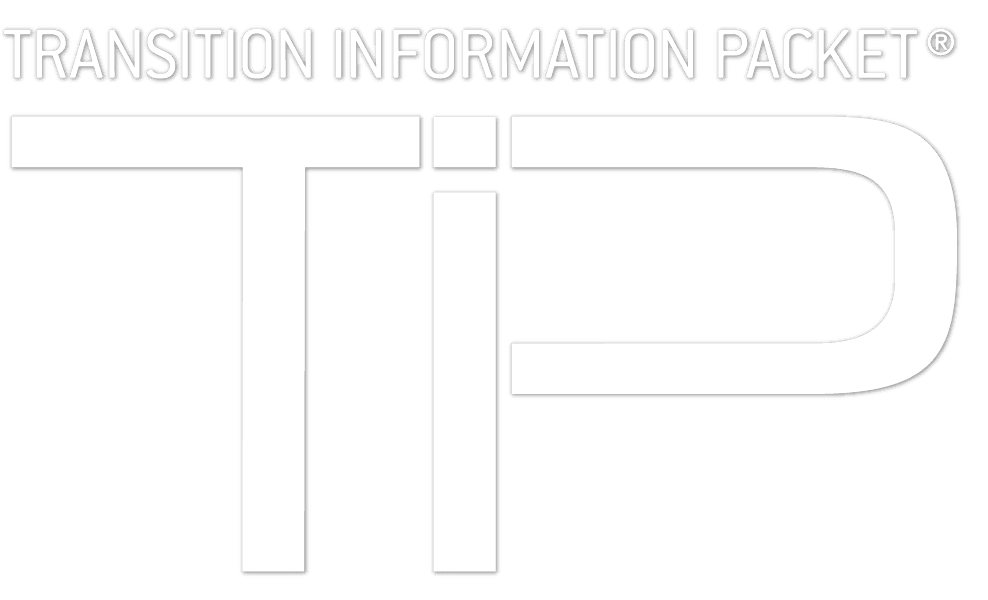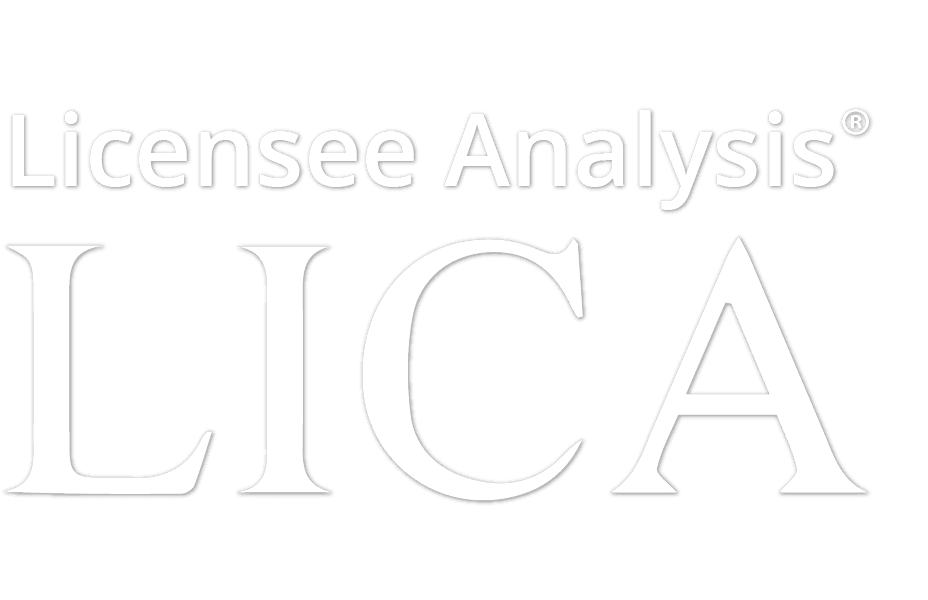The need for rapid, non-invasive, and accurate testing for viral respiratory infections has perhaps never felt greater. Presently, researchers, public health officials, and others are looking into the plausibility and potential for a mobile, handheld, or badge-type detection system as a diagnostic tool to screen breath for the presence of communicable respiratory viral infections, particularly those with pandemic potential. These tools could be used as a personal health monitor or at check points in office buildings, arenas, airports, subway systems, and borders. Fortunately, advances in the development and adoption of point-of-care testing (POCT) solutions may provide solutions to this challenge by quickly identify infectious diseases and providing actionable information to improve disease management.
While COVID-19 has opened up the market for point of care testing of respiratory infections and driven competition in this space, the market includes the need for testing of approximately 20 different respiratory pathogens. Multiplexed point-of-care testing (xPOCT) refers to the simultaneous on-site detection of different analytes from a single specimen and is reportedly creating market confusion while also lowering costs and improving care. Given the pervasive nature of common respiratory infections, as well as the pandemic potential of others such as COVID-19, the potential market is enormous. Respiratory diseases are already the largest infectious disease category and could multiply in size providing a growth opportunity for diagnostic companies.
According to a report from ResearchDive, the respiratory disease testing industry in 2020 was valued at $10.6 billion before the beginning of the COVID-19 pandemic, and the projected compound annual growth rate (CAGR) was 8.4% during the forecast period of 2020—2026. However, the CAGR of the global industry is now expected to be 9.2% throughout the estimated timeframe, 2020—2027 based on the impact of the COVID-19 pandemic with the market size projected to cross $20.1 billion by 2027. While COVID-19 diagnostics is dominating the headlines, the total respiratory disease test market consists of diagnosis, severity assessment, treatment monitoring, and evaluation of prognosis in conditions such as influenza, asthma, tuberculosis, pneumoconioses, chronic obstructive pulmonary disease (COPD), obliterative bronchiolitis, mesothelioma, and silicosis.
There are two main types of POCT used today, immunoassay-based tests and molecular tests. The immunoassay tests detect analytes extracted from a potentially infected patient, and then assessed for microbial antigens and host antibodies. Molecular POCT are polymerase chain reaction (PCR)-based tests which have a higher sensitivity and specificity compared to immunoassay tests or rapid antigen detection tests (RADT). MarketsandMarkets reports that the global point of care molecular diagnostics market was valued at $632.5 million in 2017 and is projected to reach $1,440.2 million in 2023, at a CAGR of 14.7%. However, the molecular diagnostics segment only makes up 20% of the infectious disease POCT market in the United States. Despite this small percentage, North America is expected to account for the largest share of the global POC molecular diagnostics market. This is attributed to the growing prevalence of infectious diseases, increasing number of CLIA product approvals, and rising government initiatives – however, Asia Pacific is expected to grow at highest CAGR.
Frost & Sullivan provides extensive coverage on these markets and reports that near-patient testing may provide more accurate results than when patient samples have to be transported to laboratories, mistakes carried out during sample handling prior to testing can lead to a 32-75% margin of error, which can cost anywhere from $200 to $2000 per incident. Furthermore, the molecular POC tests have clinically proven better sensitivity and specificity (>95% on an average). The following are identified as major growth areas in this market:
- New multiplexing ecosystems able to test for multiple infectious diseases
- Smartphone-based POCT
- Biochip Array Technology (BAT)
- Lab-in-a-Drop
- Host Biomarkers
- Paper-based Assays (PBA)
- Portable Molecular Diagnostics (MDx)
While POCT is an established market, technology gaps exist with these test methods, according to a May 2020 research paper which reports that traditional approaches based on pathogen DNA/RNA and protein detection using, respectively, PCR‐based or protein‐based methods in traditional laboratory instruments are not useful when looking to reduce the spread of COVID-19 infections. Additionally, today a Respiratory Pathogens Panel (RP panel) is only performed using one of two semi-invasive methods, nasopharyngeal swab or nasal aspirate. However, researchers are working to develop less invasive, rapid test methods that include breath analysis. Recently, a pilot study out of Children’s Hospital of Philadelphia analyzed the breath composition of patients with SARS-CoV-2 infection (COVID-19) and discovered six volatile organic compounds more common in infected patients which helps researchers to develop a framework upon which to build a future ‘breathalyzer’ test for SARS-CoV-2 infection in children. Looking to the future, a triad of approaches (human, animal, and in vitro cell culture studies) has allowed researchers to identify candidate breath biomarkers that can be carried forward into larger studies.



